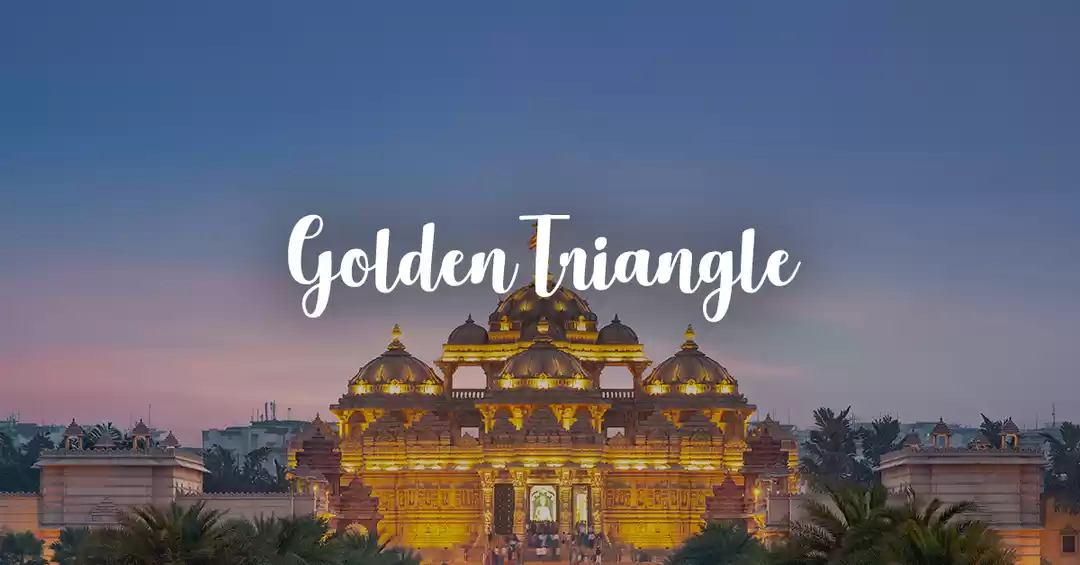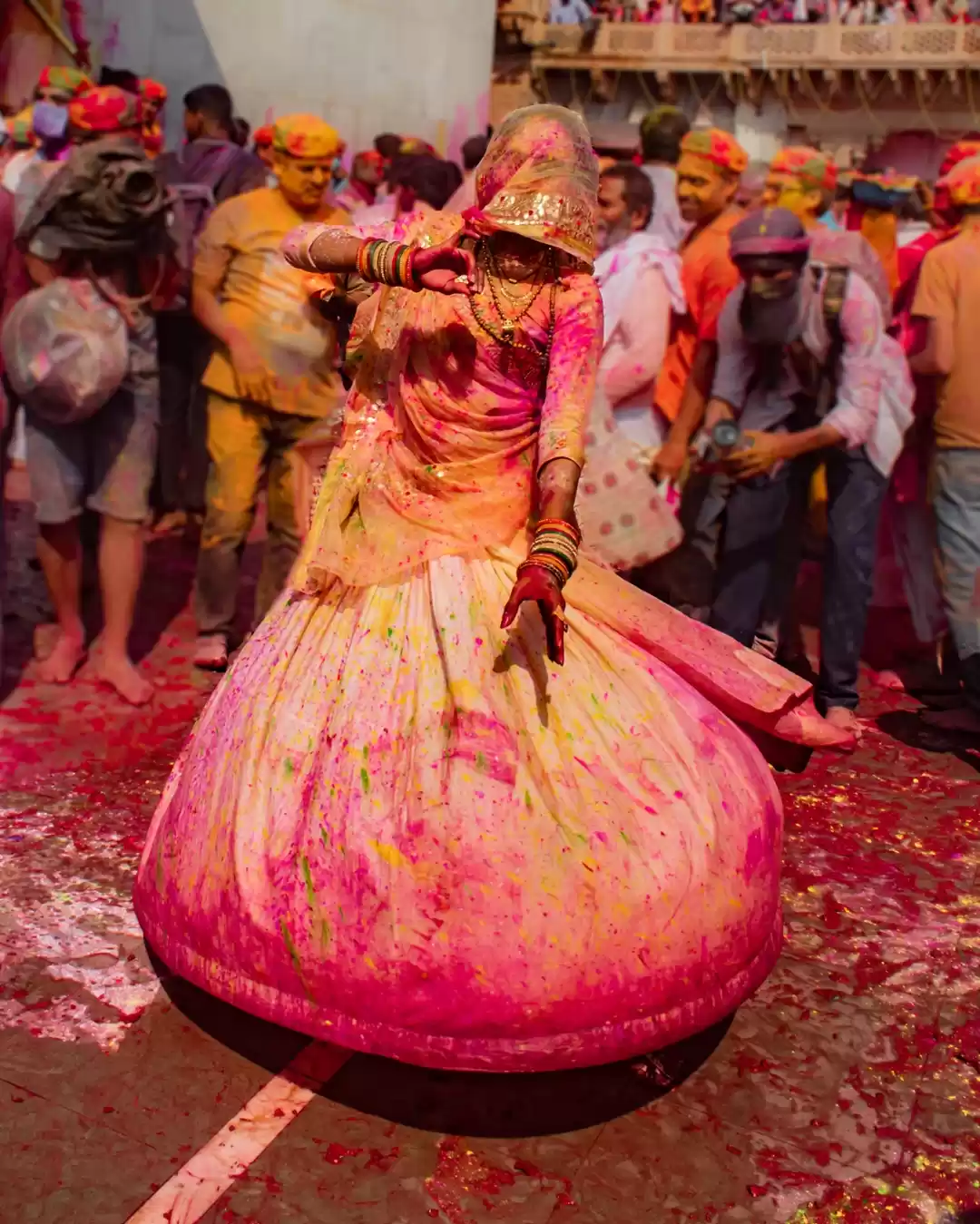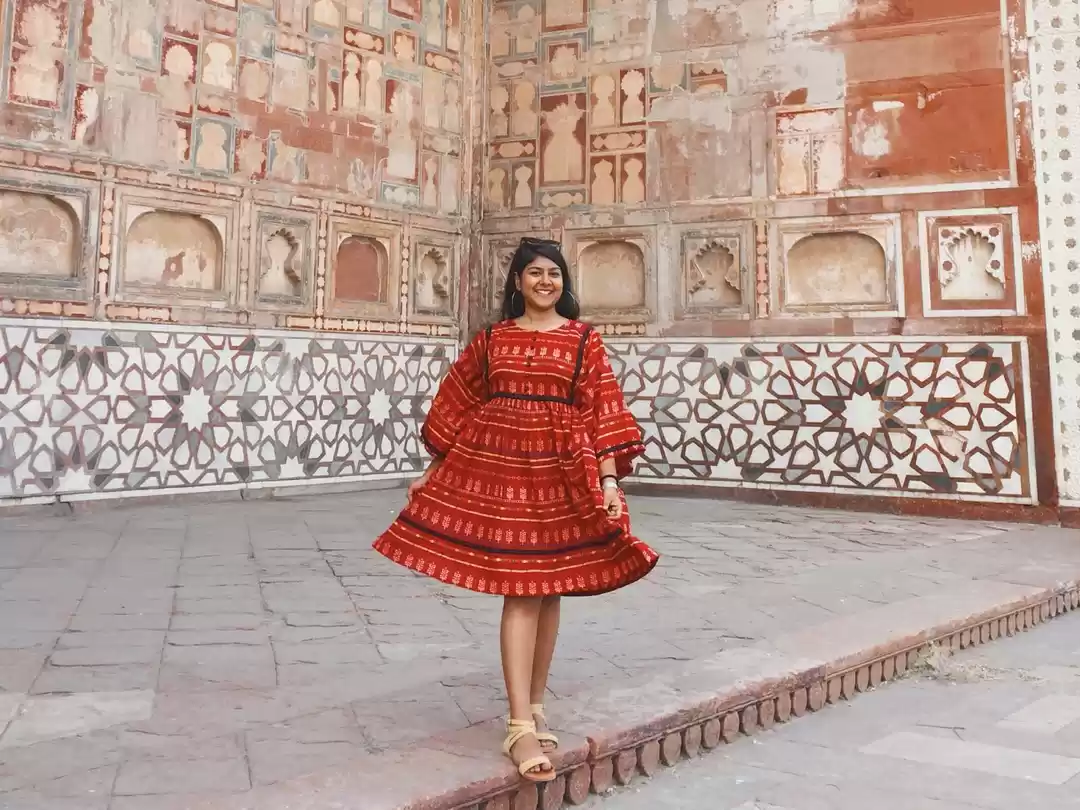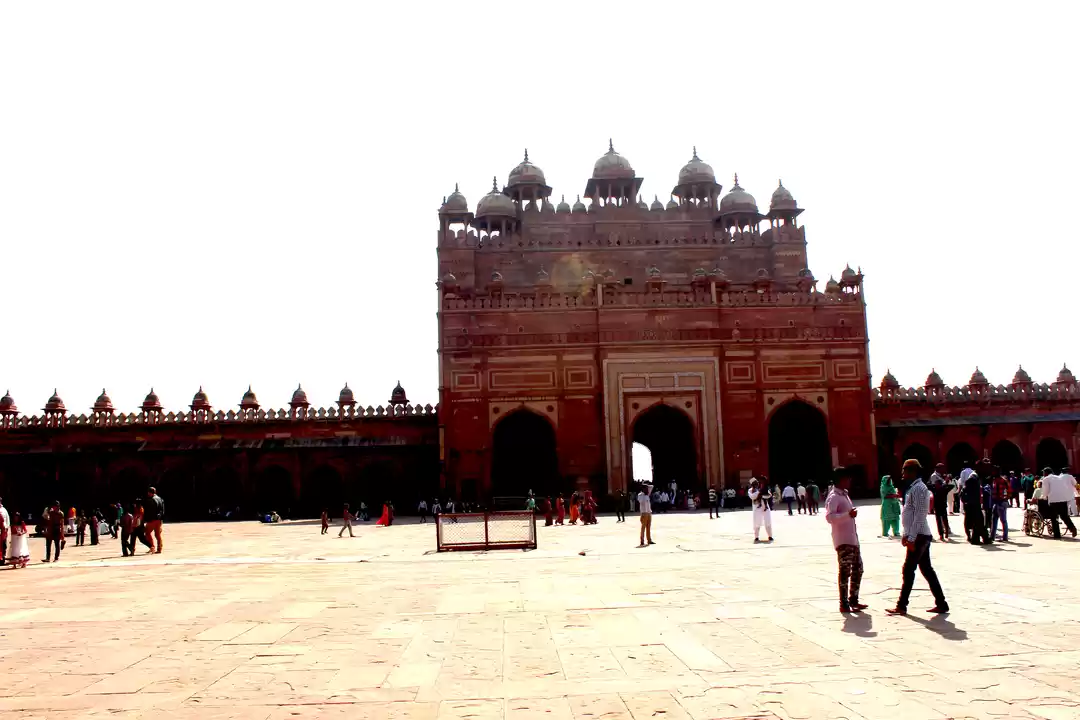The Agra Petha has slipped out of the royal Mughal kitchens and spilt into the streets as a thriving cottage industry, says Swati Daftuar.
It was my second trip to Agra, which meant that I'd already visited the two landmarks that demand absolute attention. I'd seen the perfection of the Taj Mahal and walked the length and breadth of the elaborately intelligent interiors of the Agra fort. This time, I was in search of something entirely different — the perfect Agra petha.
Of course I'd heard the stories, who hasn't? Friends and relatives narrating accounts of the melt-in-your-mouth gooey goodness in many different flavours. If you have a genuine sweet tooth, these stories can both tempt and torture.
From the bit of asking around I'd done before setting out, I'd gathered that the best petha in Agra was made by Panchhi Petha. “That should be no problem,” I thought. I had the name of the place and vague directions from a well-meaning friend who'd experienced the wonders of the petha.
The shops open at approximately 11 am, and as my bus rolled on to the crowded streets of the city, shopkeepers were pulling up the shutters and unlocking doors. All at once, I was greeted by about 10 different shops called Panchhi Petha, all in various states of opening. Clearly, they weren't going to make this easy for me. I did the most sensible thing you can do while visiting a new place — get off and ask a local. A rather portly auto-rickshaw driver was obliging, and said that it was indeed Panchhi Petha that'd sell me the best Agra petha. “And were all these numerous shops branches the same?” Apparently they weren't. “You have to be careful madam, there are too many fakes.” I'd get the original at the Panchhi Petha in Sadar Bazaar. He proceeded to offer to take me there.
On the way, the rickshaw driver, Shaganji, filled me in on “petha gossip”. “If you look closely madam, all these fake ones are not really called Panchhi Petha. There's always something different in the name.”
We stopped in front of one such shop, so he could give me a live demonstration and I stared at the signboard. While Panchhi Petha was written in big bold red letters, there was a “Pure” preceding the name, spelt out in tiny thin, black letters. I must have looked suitably impressed, because the auto driver seemed gratified.
Sadar Bazaar is one of the most popular shopping destinations for visitors and locals alike. Close to the two major monuments of the city, the Agra fort and the Taj Mahal, it has a host of shops and eateries.
We navigated the already crowded streets of the bazaar and pulled over in front of a fairly big shop. I involuntarily found myself examining the signboard for hidden trick words.
This time, there were none.
The moment I entered the shop, I could understand the appeal pethas hold for people. Rows and rows of inviting, syrupy, perfectly arranged colourful chunks of the translucent sweetmeat greeted me. A giant board inside the shop listed out what seemed like endless flavours, types and sizes. Generous with the tasting, the shopkeeper offered me a piece of almost every kind of petha in the store, which of course confused me further.
Perfectly pure!
I recommend the Angoori Petha, the Kesar Petha, and the original, plain, dry petha, which I like to think of as “the petha that started it all.” Of course, I also wanted to know about the man who started it all. The shopkeeper, a friendly enough gentleman who seemed quite amused at my curiosity, pointed towards an old portrait of Seth Pancham Lal Goyal, fondly called Panchhi. Seventy years ago, at the age of 24, he started Panchhi Petha with just one store.
While pethas have always been made in Agra, Seth Panchhi Lal's immediately became known for their perfect flavour, balance of taste and purity. “Pethas are the purest type of sweets, madam. Just sugar and water and fruit. No additives, no impurities and synthetics. God's sweet,” the shopkeeper added. I probed a little more and found out that the cottage factories where pethas are prepared are in Noori Gate, along with the head office and the first store of Panchhi Petha. My trusted auto driver was waiting.
At Noori Gate, amid the open wires and drains, the identikit shops selling souvenirs and miniature replicas of the Taj Mahal, I found the Panchhi Petha store. Inside, I was greeted by one of the shopkeepers who immediately proceeded to tell me of all the available flavours, chocolate, orange, pineapple, almond, coconut, cherry. When he paused for breath, I jumped in and explained that I'd already done my shopping, and was only looking for information. This is what I found out.
Pethas were originally prepared more than 350 years ago, slipping out of the royal kitchen of the Mughal emperor Shah Jahan. From then on, this sugary, syrupy sweet kept gaining popularity. More than 700 cottage units in the Noori Gate area manufacture this delicacy that's given Agra another reason to be proud.
Newer types
The 100-year-old family-run Panchhi Petha Group has seven branches in Agra alone and has also opened outlets in Delhi, Ghaziabad and Lucknow. Keeping up with the changing demands and tastes of consumers, Panchhi Petha aims to create newer types of pethas to keep the interest alive.
Recently, they even introduced a sugar-free variant that allows diabetics to enjoy it too. The sweet is prepared from white pumpkin or ash gourd, which is boiled, peeled and deseeded. It is then boiled in sugar syrup and flavoured with either rose water or flavoured water. The translucent cylindrical sweet is either sold dry or with the syrup it's boiled and cooked in. The dry petha definitely has a longer shelf life.
Since I was carrying back a fairly large quantity, the long shelf life was good news. And when I discovered that Panchhi Petha is famous not only for the trademark petha, but also a spicy and salty snack called Daal Moth, prepared from gram flour and dry fruits, the shopkeeper ended up making a sale after all.






























